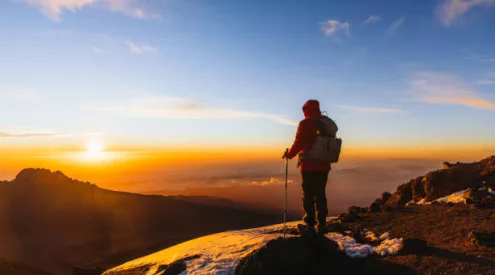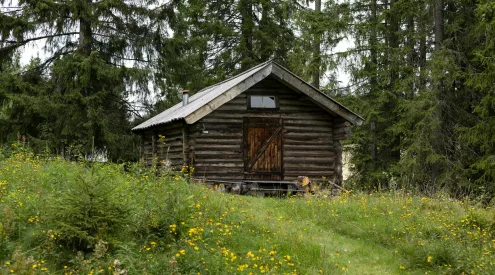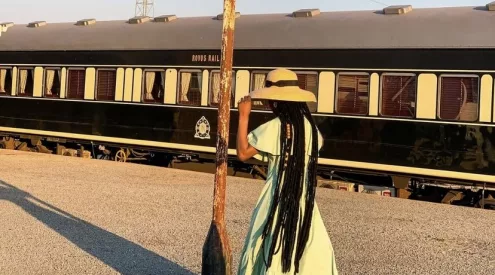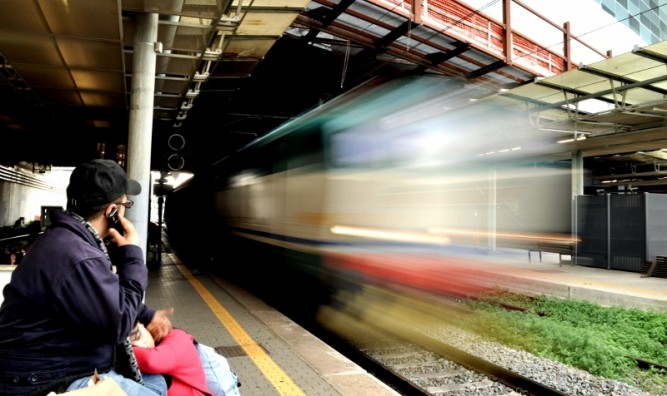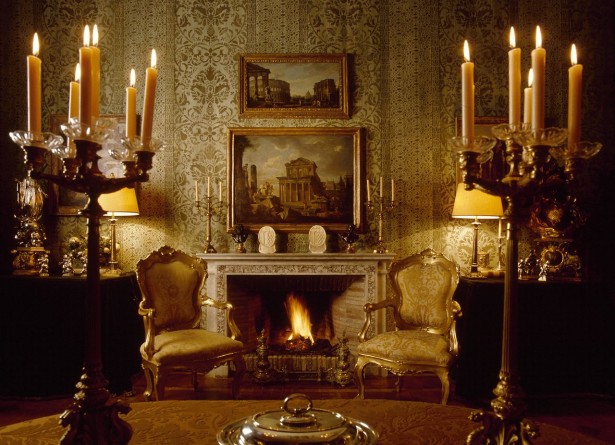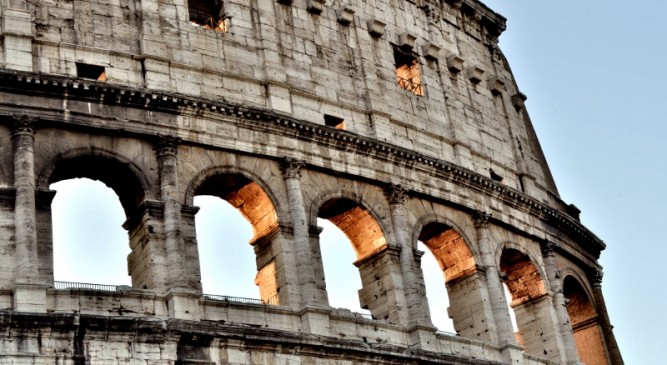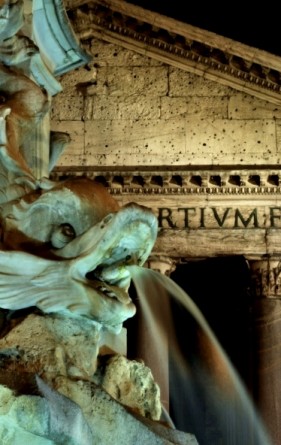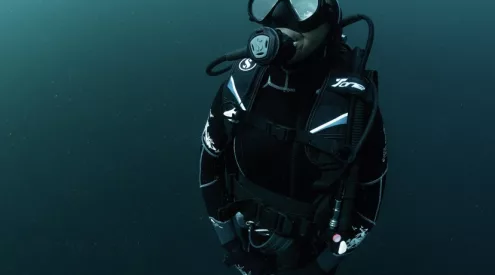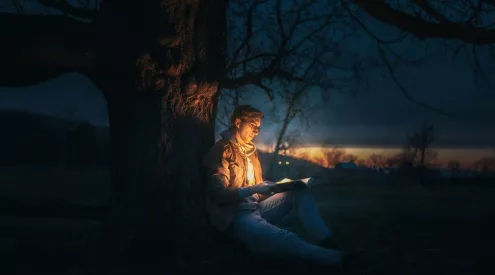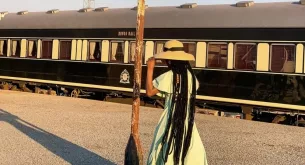Italy is known for her grand excess – she’s about food, fashion and passion. La dolce vita. The linen, the packaging the paper – thick and soft. Even take-away pizza comes on a gold lined paper plate (so much for global warming). Here, 3-ply is the lowest rung of civilization. (Catch up by reading about my first visit to Rome.)
Yet beneath her stilettos and glamour, Italia has her bunions and wrinkles, too. The train journey from the Roma airport along the Leonardo da Vinci line reveals neat farmlands in multicolor, contrasted against the grit of gypsies living under bridges – their belongings laid out in the dirt. Our eyes meet, the train blasts past.
Inside the train, a woman carrying a baby so small it looks like a toy doll approaches. She speaks to everyone, loudly shouting words that I do not understand. Ashamed and shocked, I stare out the window into the distance – past her cup of coins, past her sorry eyes, fixing instead on Italian laundry flapping in the wind and the blur of passing graffiti until I reach my first destination – Roma Termina, change trains, exit Piazza de Spagna.
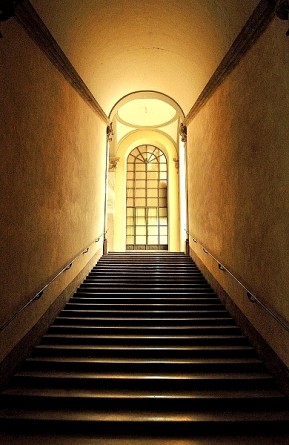
Piazza de Spagna, positioned at the base of the famous Spanish Steps, is at the epicenter of Rome’s most glorious shopping district, where all roads lead to glitz and glamour. Here, fashion is the religion – locals in cashmere sneer at tourists in their gym shoes, eating in public spaces is banned, and even the Spanish Steps (which lead to the Church Trinita dei Monti) are transformed into a catwalk in summer. (Want to see it for yourself? You can spend 15 days exploring the best of Italy!)
Cobblestones lead the way past fountains. Crowds spill from too-narrow sidewalks into the roads. The smell of perfume mingles with exhaust fumes. I imagine this is the Italian version of Spain’s Running of the Bulls- a slow moving river of chaos trapped between tall buildings in a maze of riches (Gucci, Prada, Chanel).
Good thing there are no bulls in Rome.
With such narrow sidewalks and such large crowds this is clearly not the place to lug one’s suitcase around. I duck into a cab. Five minutes and ten Euros later (I would have gladly paid more), I reach my destination – La Residenza Napoleone III, an apartment in the XVI century Palazzo Ruspoli on Rome’s landmark Via Condotti.
Ancient and heavy, huge wooden doors separate the entrance to the palace from the street. Inside is a courtyard, open to the sky. I ascend a 2000 year old marble staircase, illuminated in warm light by stained glass windows, lined by the busts of past Roman Emperors with their cold marble eyes.
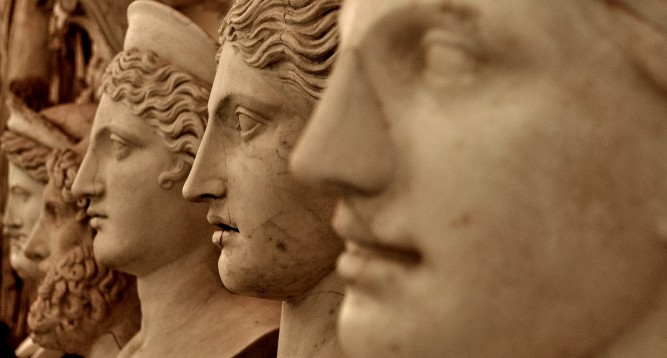
It’s hard to believe this, but Louis-Napoléon himself lived in this apartment in 1830 – before he became an emperor, when he first found his feet as a young conspirator and political activist, and from where he eventually fled in 1831 to escape arrest before being exiled to England. It is even harder to believe that I will be drooling over these satin pillowcases for my first two nights in Rome.
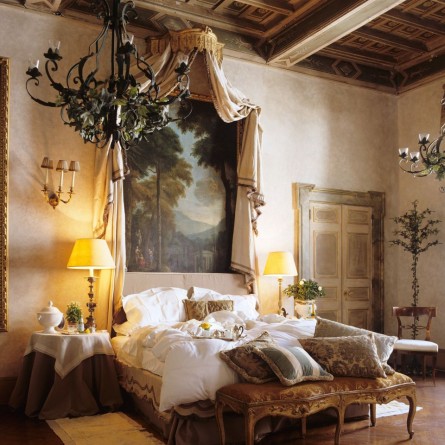
Today, the apartment is managed by the Principessa Letizia Ruspoli – and as my bags are whisked away down a secret passageway to be delivered into my walk in closet, I am greeted by the princess’s personal attendant, Beatrice. Inside, the apartment is something like a Roman Versailles- double volume ceilings, dark wood panelling, creaking floors, gilded mirrors, rich velvet, silk curtains and secret passageways. The original paintings are hundreds of years old.
Window seats flank the floor to ceiling views over the city, and outside a sea of terracotta tiles form a rooftop mosaic till the horizon. The sun starts to dip, the sky turns pink and orange, and the terracotta glows like burning embers. Just enough light for an orientation of the City’s prized jewels on a private Segway Tour with Rex-Tours proprietor Leo.
I cross the Piazza della Quercia as the famed flower vendors pack away the last of their trade, stepping over a confetti of fallen petals and leaves, to the tidy Rex-Tours. Leo sets me up on my Segway with a safety lesson – how to go, how to slow, and most importantly, how to stop! I have never ridden- ‘er driven? – one, but before long we are zipping around Rome.
The wind in our hair, we see the sunset over Ancient Rome, the rubble of the Capitoline Hill and the Colosseum.
We travel over the narrow streets of the Jewish Ghetto past the Great Synagogue of Rome, through the shadow of the Senate Building with the Twin Domes in the distance, pause at the Trevi Fountain and the Spanish Steps en route to Piaza Navona, the Pantheon and a gelato goodbye.
Gelato is a bit of a sticking point in Rome, elsewhere in Italy, and maybe even the world. Everyone seems to have their own secret information on where to get a taste of the ‘best’. Leo’s choice? Giolitti – specifically, the one near Parliament and the Pantheon – where the ingredients are all natural and the setting invites hushed conversation about the politics of Rome, the infamous Carbonari, and political intrigue.
Rome the Eternal City – now dark, but more than alive.

